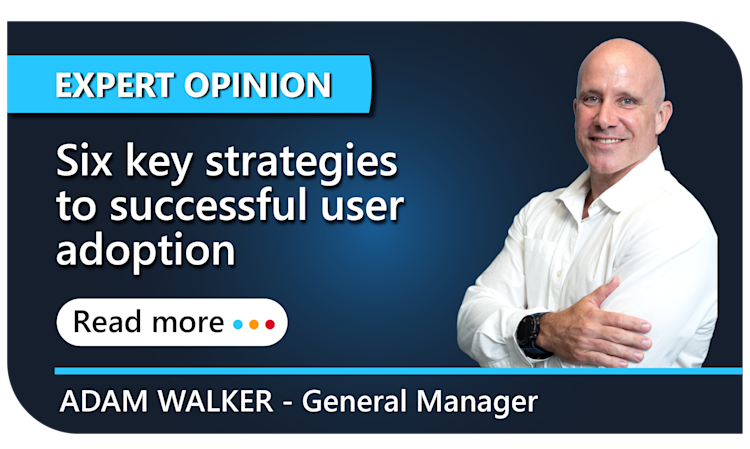Rolling out a new BI solution, data or application product is exciting, but let’s be honest - getting your people to embrace it is often the hardest part. The best technology in the world means nothing if the people who need it don’t use it. As a data and BI consulting firm, we’ve seen this story unfold many times. That’s where effective change management comes in.
There are some practical strategies to make sure your BI or data rollout sticks, driving real adoption and delivering the business value you envisioned.
1. Build the buzz!
Remember that adoption starts long before launch. Get key stakeholders and end-users involved in the project from day one. This isn’t just about managing egos; it’s about collecting insights and gaining early buy-in. There are several tactics to ensure early buy-in that best work in conjunction with one another. Start with discovery workshops to understand the specific needs of departments. Identify champions in each business area as those early adopters will advocate for the change. Communicate a clear "why" explaining how will the solution make their individual jobs easier or improve outcomes?
Early involvement helps users feel ownership of the change rather than seeing it as something forced upon them.
2. Draw the map!
A plan isn’t just a formality; it’s your roadmap to success and will set you on the right course to a successful change management. From our long-standing experience consulting clients in managing the process of technology adoption, there are the three key areas to include. First of all, communication – ensure regular, transparent updates on the progress, timelines, and next steps involving stakeholders and champions in dissemination throughout the organisation. Use different channels (email, town halls, team meetings) to reach different groups.
Develop a comprehensive training plan. Not just once-off session, but ongoing training program in multiple formats, that will introduce an interactive, hands-on engagement with the users. Be creative and utilise wide variety of formats and platforms including live sessions, on-demand videos, and quick reference guides.
Provide support systems. Put in place a support structure, such as a dedicated Teams or Slack channel where people can ask questions.
3. Answer the WIIFM (“What’s in It for Me?”) question!
People need to see how this initiative will make their day-to-day better. Will they spend less time pulling reports? Get faster access to insights? Automate manual tasks? Be specific about the benefits.
Example: “Instead of spending two hours every Monday compiling your weekly sales report, you’ll now have it auto-generated by 8 a.m. with all the latest data. You’ll have more time to focus on your actual sales strategy.”
4. Pilot before roll out!
Rather than flipping the switch company-wide, start with a pilot group then roll out gradually to the rest of the organisation. This approach allows you to gather feedback on what works and what doesn’t and tweak features, reports, or dashboards based on real-world usage. This approach also allows you to summarise what works in success stories that you can share with the broader organisation to build excitement. This phased approach reduces resistance and ensures a smoother rollout.
5. Motivate and reward!
People respond to recognition. Celebrate small wins along the way. If a department achieves 100% adoption within the first month, shout it from the rooftops (or at least in the next team meeting). Consider running friendly competitions with rewards—like coffee vouchers or team lunches—to boost participation. Even small gestures can go a long way in reinforcing new behaviours.
6. Monitor and measure!
The job isn’t done at launch or after the rollout. The progress needs to be measured continuously over time. The metrics to measure usage and adoption should be structured around frequency and ease the newly introduced platform is being utilised. Is it successfully reducing or even replacing the manual processes and is the business seeing the expected results.
If adoption is slower than expected, identify blockers early and adjust. Continuous feedback loops will help you fine-tune and improve over time.
Conclusion: Success lies in the people
Rolling out a new BI solution, data or application product isn’t just a tech project—it’s a people project. By involving stakeholders early, communicating benefits clearly, rolling out gradually, and recognising wins, you’ll create the momentum needed for lasting adoption.
Change may feel hard, but with the right approach and partner, it’s not only achievable—it’s sustainable. We at Keyrus are here to help you successfully navigate through the change management journey and to fully capitalise on your technology investments.
Unlock the full potential of your data with Keyrus, contact us at sales@keyrus.co.za.
